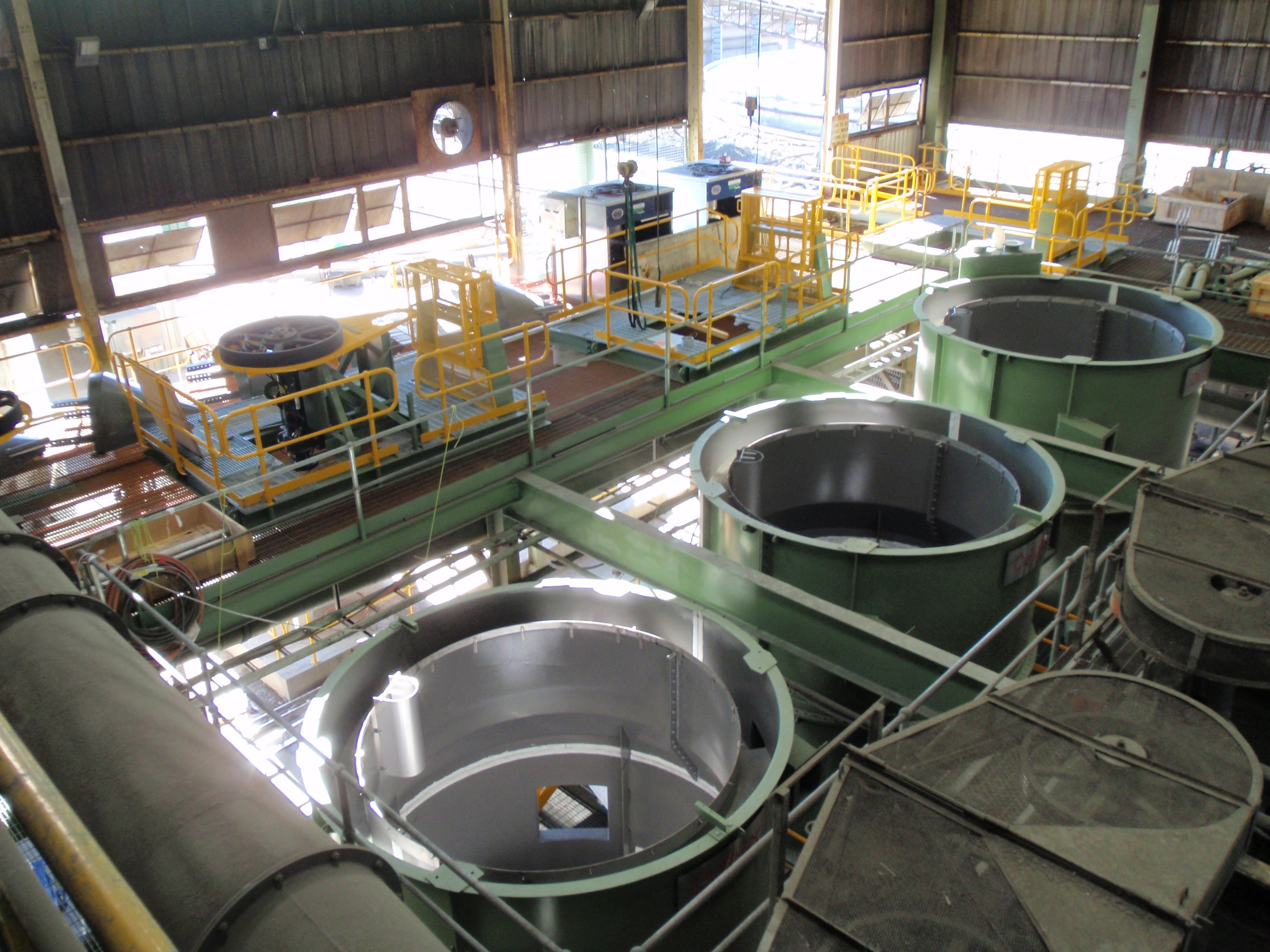CSA Mine is an underground copper mine located in Cobar, Central Western NSW. Employing more than 300 people, CSA Mine is operated by Cobar Management Pty Ltd (CMPL) – a wholly-owned Australian subsidiary of Glencore International AG (Switzerland). CSA Mine extracts over 1,100,000 tons of copper ore and produces in excess of 180,000 tons of copper concentrate per annum. This concentrate is exported to smelters around the world.
Partnership Approach
The project, involving replacement of 30 existing scavenger flotation cells at CSA, was already underway when Outotec Services personnel became involved, in a team led by Peter Gillies, Project Manager, Outotec South East Asia Pacific.
“When I arrived on the project it was clear there was a lot to do before it could progress. Mid-December was our deadline and in April, when I started, we had our metallurgical production criteria, but had a lot to finalize, including the scope of works,” explains Derek Beehan, OreProcessing Superintendent at CMPL.
As CMPL and Outotec had already worked together in the past, most recently when Outotec replaced a thickener on a lump sum turnkey basis in 2005, it was recognized early that a collaborative, partnership approach would again benefit the project. This approach would deliver not only processing benefits, as the replacement flotation technology was state of the art – but equally importantly, a collaborative approach ensured open communication, with all parties having greater ownership in the project.


